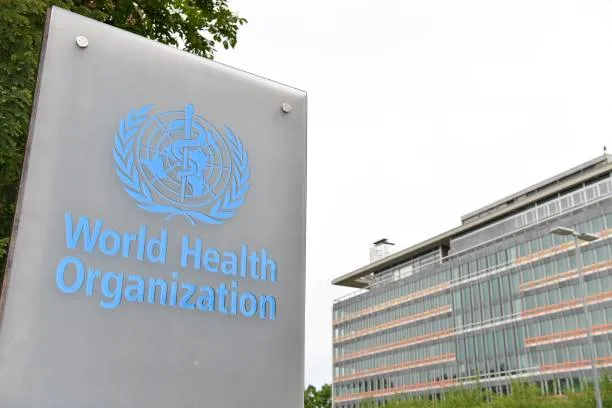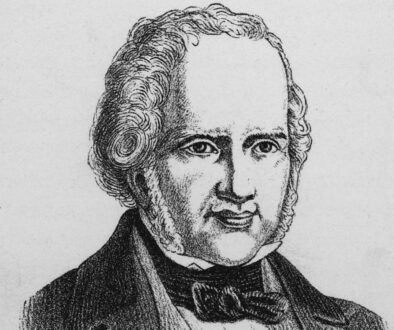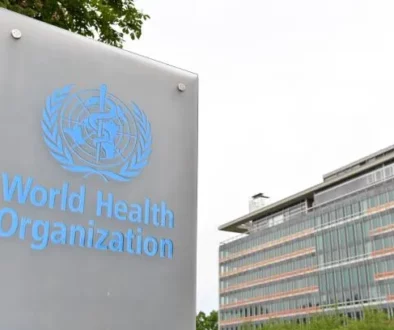WHO Pandemic Preparedness Treaty
The WHO- World Health Organization is negotiating a treaty on pandemic preparedness. The briefing outlines what has been proposed, where negotiations are up to, and what comes next.
The WHO Pandemic Preparedness Treaty
In March 2021, a group of world leaders, announced an initiative for a new treaty on pandemic preparedness and response. This initiative was taken to the World Health Organization (WHO) and will be negotiated, drafted, and debated by a newly- established Intergovernmental Negotiation Body.
This briefing will give an overview of the key background, progress, and developments of the treaty as of 1 June 2023. This June 2023 update includes further information on the parrallel amendments being made to the International Health Regulations.
What is the WHO?
The World Health Organization (WHO) is the United Nations agency “that connects nations, partners and people to promote health, keep the world safe and serve the vulnerable – so everyone, everywhere can attain the highest level of health”.
The WHO Constitution was signed in July 1946 by representatives of 61 States and entered into force on 7 April 1948. As of today, WHO has 194 member states and budget over $8 billions USD.

What is being proposed?
In the March 2021 joint article, the group of leaders said:
The main goal of this treaty would be to foster an all of government and all of society approach, strengthening national, regional and global capacities and resilience to future pandemics. This includes greatly enhancing international co-operation to improve, for example, alert systems, data-sharing, research and local, regional and global production and distribution of medical and public health counter-measures such as vaccines, medicines, diagnostics and personal protective equipment.
The article acknowledges existing provision for a coordinated international response under the International Health Regulations, which would “underpin such a treaty”.
In October 2021, the Working Group on Strengthening WHO Preparedness for and Response to Health Emergencies (WGPR) published a ‘zero draft’ report outlining an assessment of the benefits of a new WHO convention, agreement or other international instrument on pandemic preparedness and response, for consideration by the World Health Assembly. This Report, among other things, suggested that such an initiative “could include promoting high-level political commitment and whole-of-government whole-of-society approaches, addressing equity, enhancing the One Health approach, and strengthening health systems and their resilience.”
On 29 November – 1 December 2021, the WHO’s World Health Assembly (WHA) met in a special session to discuss the proposal and the way forward. This was only the second ever special session of its kind in the history of the Assembly.
In this session, the WHA agreed to establish an Intergovernmental Negotiating Body to draft and negotiate “a WHO convention, agreement, or other international instrument on pandemic prevention, preparedness and response.”
What does the Treaty say?
Zero Draft of the treaty, known as the Zero Draft of WHO CA+, was published on 1 February 2023, and discussed at the Intergovernmental Negotiating Body’s fourth meeting between 27 February 2023 and 3 March 2023.
Because the Zero Draft is the starting point for negotiations, the substantive provisions and content of the treaty could change. But the general structure and broad issues the treaty is likely to address are more likely to remain.
Currently, the parties are negotiating on issues such as:
- The definition, means, and procedure for declaring a pandemic, and what this actually means in practice for states.
- How the treaty would work alongside the International Health Regulations.
- Key international principles that will guide the treaty, such as human rights, sovereignty, equity, solidarity, transparency, accountability and more.
- How to achieve equity in the global supply chain for pandemic-related products, and access to relevant technologies.
- Strengthening the resilience and responsiveness of health systems.
- How states and the WHO should be coordinating and cooperating in pandemic preparedness and response.
- How to finance pandemic preparedness and response initiatives.
- Setting up a new Governing Body for the treaty – a COP or Conference of the Parties.
- Other general legal issues relating to the treaty, such as amendments, withdrawal, and dispute settlement.
And Canada? In December 2021, the 194 WHO Member States, including Canada, agreed to launch an intergovernmental negotiating body to develop a pandemic instrument. The instrument will strengthen and coordinate national and international efforts to prevent, prepare for, and respond to pandemics.
The development of a new pandemic instrument is expected to take until at least 2024. A progress report was presented at the 76th World Health Assembly in May 2023.
A pandemic instrument can help nations avoid and reduce the devastating health, social and economic consequences of a potential future pandemic. Canada supports the development of a pandemic instrument to:
- improve global cooperation
- strengthen collective action and accountability
- address gaps in pandemic prevention, preparedness and response
What’s that mean? The unelected bureaucrats {people behind them} from WHO wants to become a legislative authority instead of an advisory board, giving them extraordinary powers that are binding on all Canadians. Canada is at risk of losing the sovereignty to the WHO due to proposed changes to the World Heath Assembly’s and International Health Regulations.
DB



